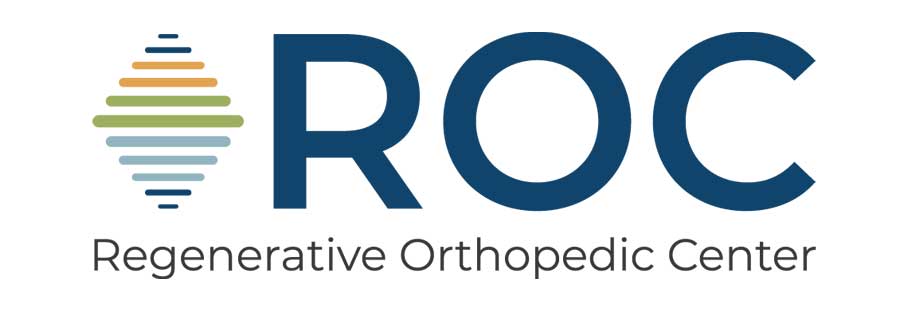ACL tears are serious injuries that can take you out of athletics and are often accompanied by damage to the meniscus and other ligaments. Regaining the strength and stability needed to get back in the game requires the best treatment for your injury, followed by an intensive rehabilitation program.
Our team at ROC — with locations in Oregon City and Tualatin, Oregon — guides every step of your care, from medical treatment and surgical ligament reconstruction through rehabilitation. Here, we list our top steps for regaining the knee strength and stability needed to return to play.
Consider reconstructive surgery
If you rupture your ACL and want to return to athletics, you need surgery to reconstruct the ligament. Surgical reconstruction restores knee stability and substantially lowers your risk of a future ACL injury.
After explaining your surgical options (including repairing other structures that were damaged at the time of your ligament tear), we also determine if you should have physical therapy before surgery. Physical therapy to reduce stiffness and swelling improves your range of motion and recovery after surgery.
Engage in postoperative rehabilitation
Physical therapy and rehabilitation ensure you can return to play as quickly and as strongly as possible. Rehabilitation begins right after surgery and proceeds in progressive steps as your reconstructed ACL heals and you regain mobility, strength, and flexibility.
After surgery, using crutches limits the amount of weight you place on your knee. Most patients can bear their weight after a week or two, but it takes longer if we also had to repair your meniscus or other ligaments.
During the first two weeks, your physical therapy focuses on restoring knee extension and movement. These early exercises increase blood flow, reduce swelling, and promote healing. After you have knee flexion and extension, you start working on rebuilding muscle strength and endurance.
As healing progresses and muscle strength improves, we add agility and balance exercises, followed by gradual plyometric training. Plyometric exercises use specific, controlled movements to restore neuromuscular control, coordination, and power.
We also develop a sport-specific rehabilitation plan to give your knee the strength and conditioning needed to meet the demands of your sport. This stage also includes training to prevent ACL reinjury, such as landing and deceleration techniques that reduce stress on your knee.
Rehabilitate supporting muscles
Though your knee is the center of attention, your comprehensive rehabilitation plan includes physical therapy to strengthen the muscles supporting your knee.
This is essential because most ACL tears most often occur during movement such as pivoting, making a sudden stop, quickly changing directions, and landing a jump incorrectly.
Training that targets your hamstring, gluteus, and hip abductor strength improves stability and lowers your risk of another ACL injury.
You also follow a program to strengthen your core muscles. These muscles stabilize your knee and improve your overall athletic performance.
Get plenty of rest and nutrition
Healing demands plenty of rest and we will give you guidelines on how to balance rehabilitation exercises with rest. Your body’s nutritional needs also dramatically increase following surgery and during rehabilitation.
Some people think they should reduce calories to offset physical inactivity, but you may need more calories than usual to sustain healing. Most people need 15-20 calories per pound of body weight when healing. If you consume less, your body starts breaking down muscle tissue for energy, which compromises healing.
You also need to get enough protein, water, calcium, zinc, and vitamins C and A to heal and support your recovery.
Take care of your mental health
Nothing is more emotionally challenging for athletes than suffering from an ACL tear (or any injury) that keeps them out of the game.
Most experience a range of emotions, from anger and anxiety to depression — expected and typical responses following an injury. And as you get close to returning to play, you may be concerned about reinjuries and performance.
As an athlete, you know that your mental state directly affects your performance during games. The same holds true for your rehabilitation.
Facing emotions or fears head-on helps you stay positive during your recovery. And staying positive boosts healing and gets you back into play faster. If you struggle with any negative thoughts or emotions, don’t hesitate to talk with anyone on your care team.
Recovering from an ACL injury is a long, challenging task, but it’s easier when you have the support of our sports medicine team at ROC. If you have questions or need an appointment, call the office near you or book online today.
